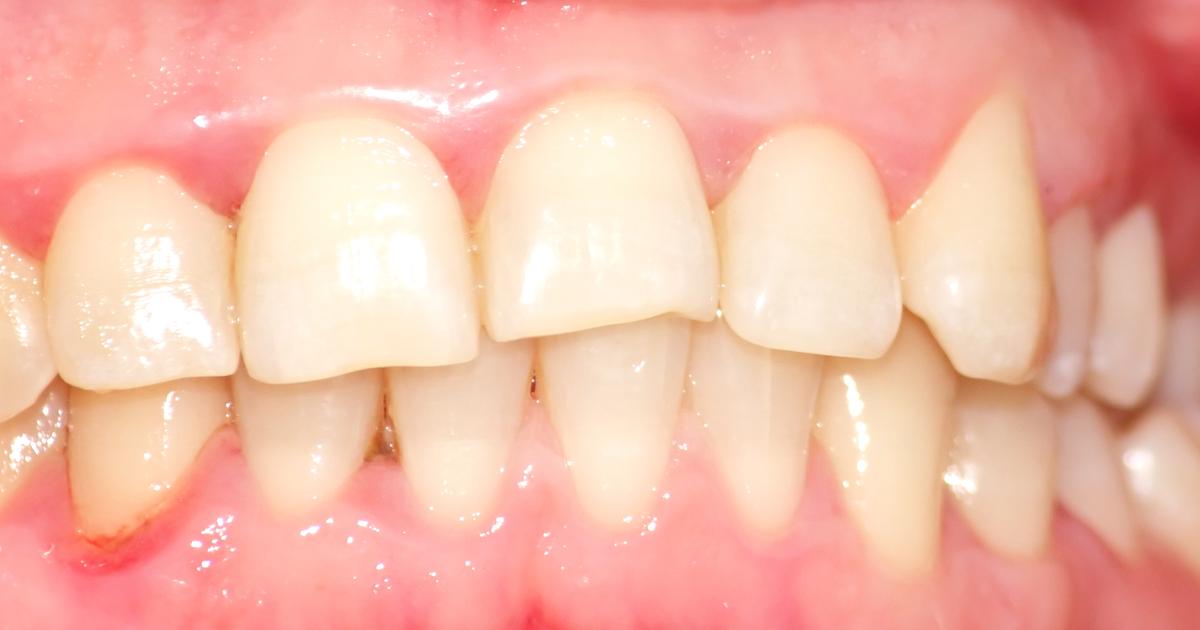What Causes Sialorrhea?
Sialorrhea is a condition where an individual has an excessive flow of saliva or hypersalivation. While most individuals only know of excessive salivation that manifests as anterior sialorrhea or drooling, there is another form of sialorrhea, referred to as posterior sialorrhea, that occurs when saliva spills into the airway or trachea. Anterior sialorrhea can cause issues with skincare, cleanliness, hygiene, and socialization, while posterior sialorrhea causes aspiration and chronic irritation to the lung tissues. Symptoms of drooling are obvious and can be seen visually, while symptoms of posterior sialorrhea include frequent coughing and choking with recurrent pneumonia infections. Diagnosis is made with physical examination and x-ray imaging swallow tests. Several treatment methods exist for sialorrhea, including medication and corrective surgical procedures to reduce saliva production.
Both forms of sialorrhea have several possible causes. Get to know them now.
Infection

An individual who has contracted an infection that involves the oral cavity or salivary glands that supply the oral cavity can develop sialorrhea. An infection that invades the tonsils can cause the development of sialorrhea because the swelling and inflammation can result in an insufficient amount of saliva clearance by swallowing. The same mechanism can produce sialorrhea in those affected by a peritonsillar or retropharyngeal abscess. A peritonsillar abscess is a growth of tissue filled with pus that develops in the back of the throat near the tonsils. A retropharyngeal abscess is a growth of tissue filled with pus that develops in the neck posterior to the individual's throat. Abscesses are the result of an accumulation of infection-causing bacteria and immune system components trapped in body tissues. Abscesses can form in the oral cavity in the gums, near tooth roots, and around the tongue as well.
Keep reading to learn more about the causes of sialorrhea now.
Malocclusion

An individual affected by sialorrhea may also be affected by dental malocclusion. The term occlusion is utilized to describe the way an individual's teeth are aligned. The proper alignment of the teeth allows for all of the teeth to populate the mouth without causing issues with spacing or crowding. Proper occlusion also means none of the teeth in an individual's mouth are twisted or rotated. The teeth on the bottom of an individual's jaw should underlap the teeth of the upper jaw by a trivial amount, just enough for the pointy parts of the molars to fit together and stop the tongue from being bitten. When an individual's teeth deviate from the proper alignment properties, it is referred to as malocclusion. Malocclusion can result in sialorrhea by stopping the proper clearance of saliva into the esophagus. Malocclusion can cause sialorrhea if the mouth cannot close properly, and misaligned teeth produce swelling and irritation in the oral cavity.
Get more information on what causes sialorrhea now.
